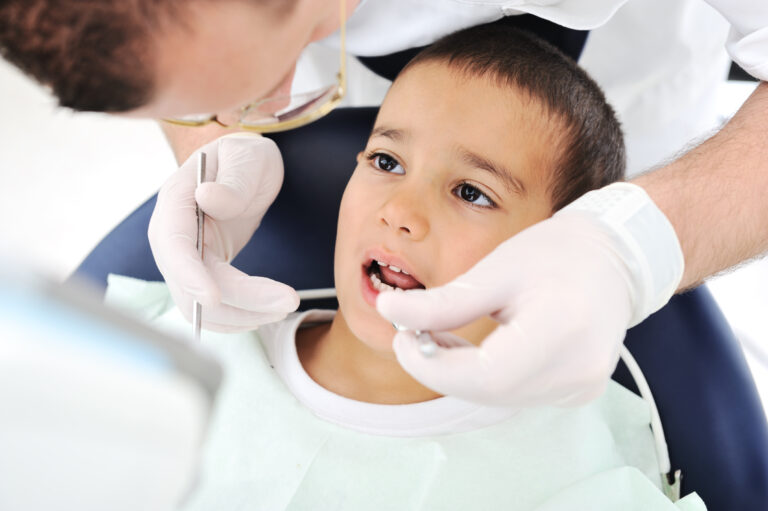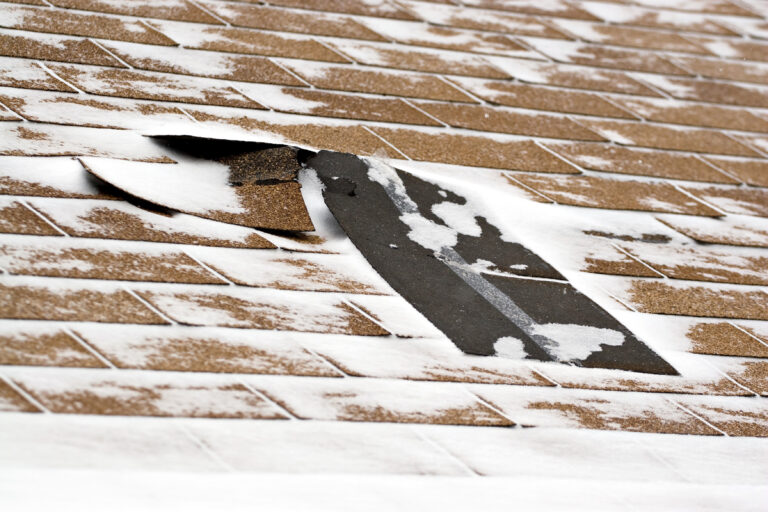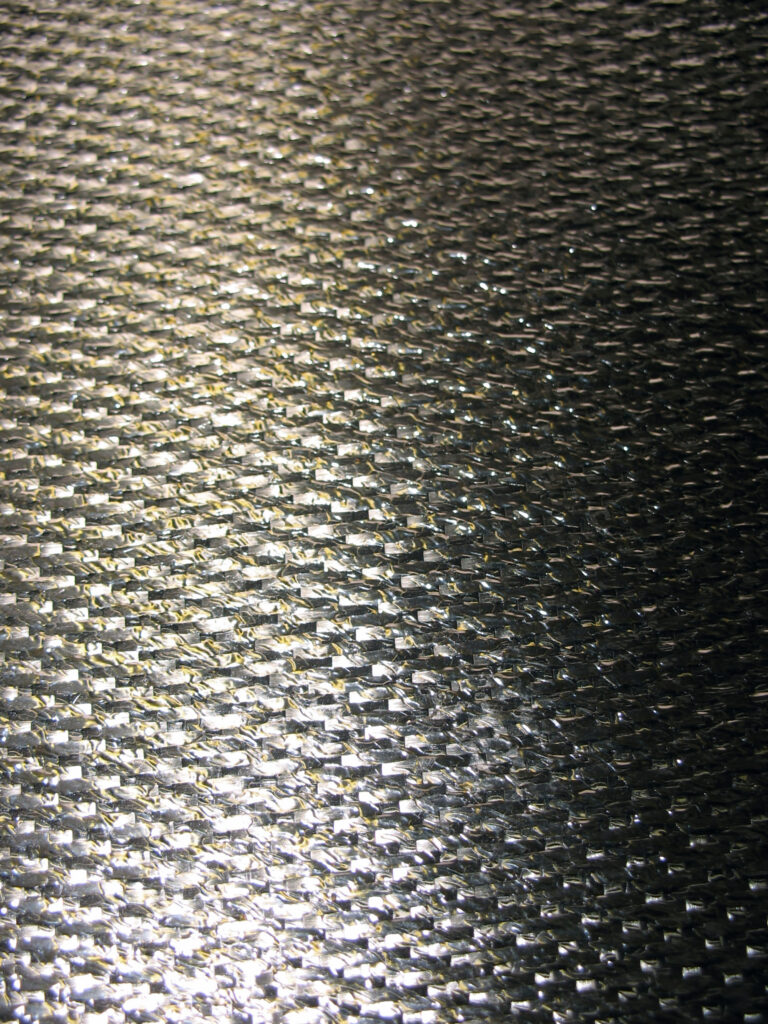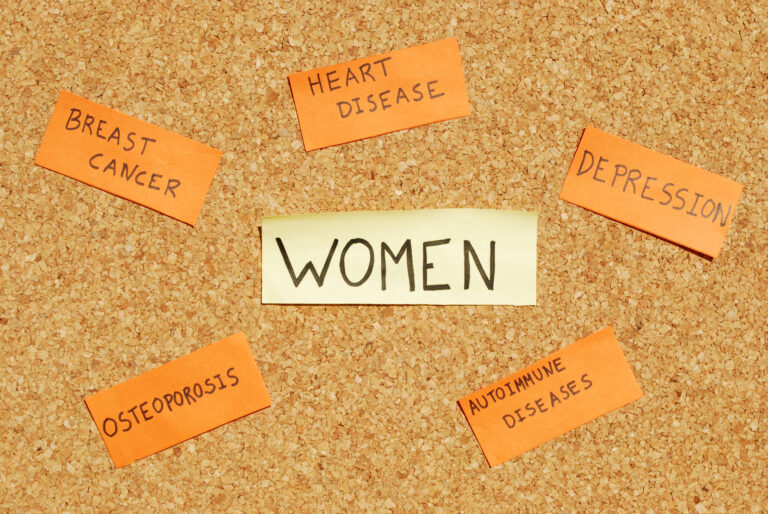Toxic Mold: The Silent Killer in Your Walls, and How to Keep Your Family Safe
Mold is a common problem that affects many homes and buildings. While some types of mold are harmless, others can be highly toxic and pose significant health risks to you and your family. In this blog post, we will explore the dangers of toxic mold, how it affects your health, and what you can do to prevent and remove it from your home or building.
Introduction to Toxic Mold and Its Health Effects
Toxic mold refers to any type of fungus that produces mycotoxins, which are poisonous substances that can cause serious health problems when ingested or inhaled. Exposure to toxic mold can lead to a range of symptoms, including respiratory issues, headaches, fatigue, skin rashes, and even neurological damage. Some people may experience more severe reactions, such as seizures or bleeding lungs. Children, seniors, and individuals with weakened immune systems are particularly at risk for developing these complications.
Common Sources of Mold in Homes and Buildings
Mold thrives in moist environments, so it’s often found in areas where there has been water damage or high humidity levels. Common sources of mold include leaky pipes, flooded basements, poorly ventilated bathrooms, and old air conditioning units. It can also grow behind walls, under carpets, and inside furniture.
Signs and Symptoms of Mold Exposure
Because mold releases spores into the air, exposure can occur through inhalation, ingestion, or skin contact. Symptoms typically appear within 24-72 hours after exposure and can vary depending on the individual and the severity of the exposure. Common signs and symptoms of mold exposure include:
Respiratory problems (e.g., wheezing, coughing, shortness of breath)
Skin irritations (e.g., rashes, hives, itchiness)
Headaches
Fatigue
Nausea
Vomiting
Prevention and Remediation Strategies for Toxic Mold
The best way to protect yourself and your family from toxic mold is to prevent its growth in the first place. Here are some tips for doing just that:
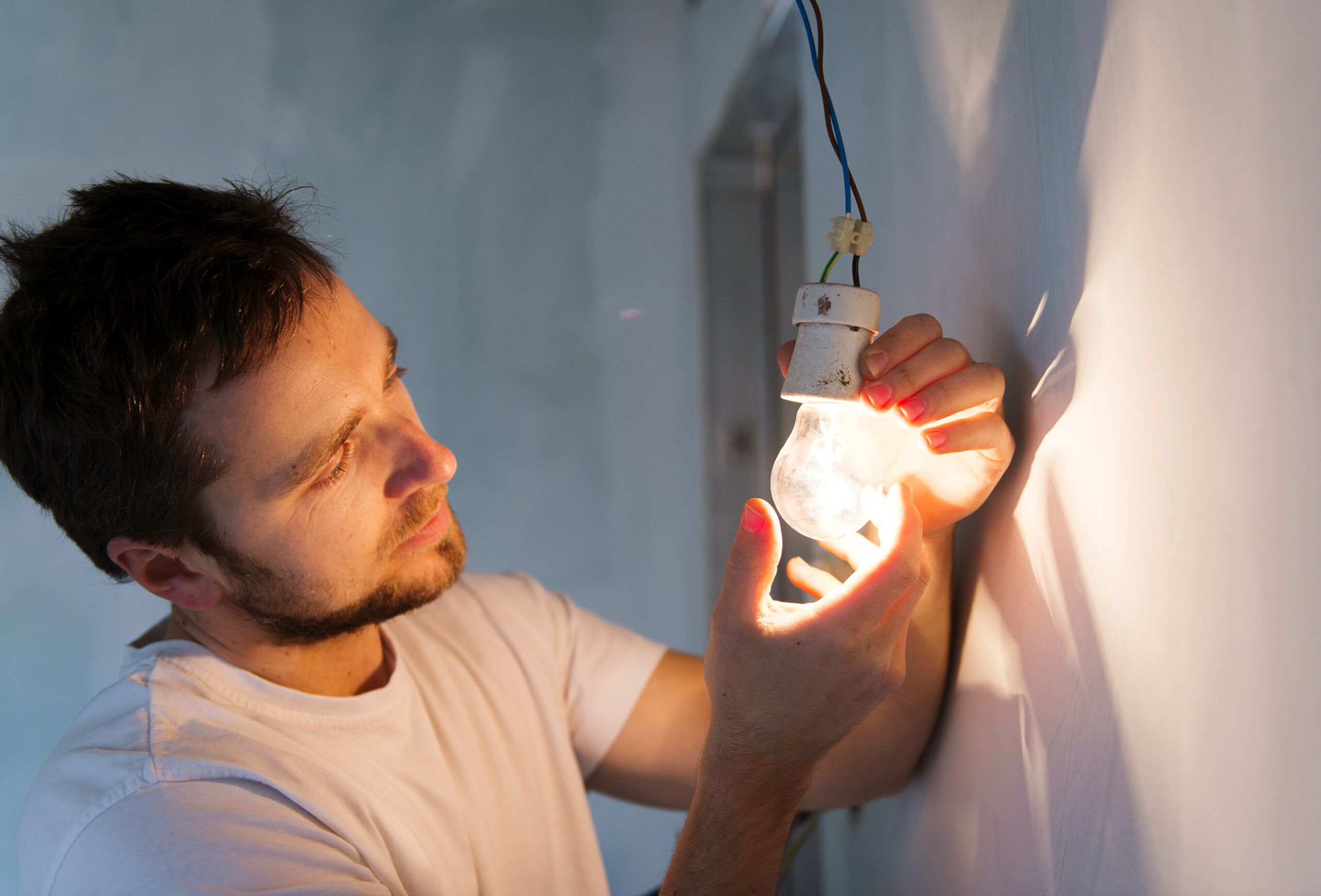
1. Fix leaks and other sources of water damage immediately.
2. Use exhaust fans in bathrooms and kitchens to reduce humidity levels.
3. Ventilate attics, crawl spaces, and other enclosed areas regularly.
4. Clean up any visible mold promptly using appropriate cleaning products.
If you suspect that you have toxic mold in your home or building, don’t hesitate to seek professional help. A qualified mold remediation company can assess the situation, identify the source of the mold, and develop an effective plan for removal and prevention. Remember, toxic mold is not something to take lightly – it can seriously impact your health and wellbeing. Take action today to keep your family safe!

